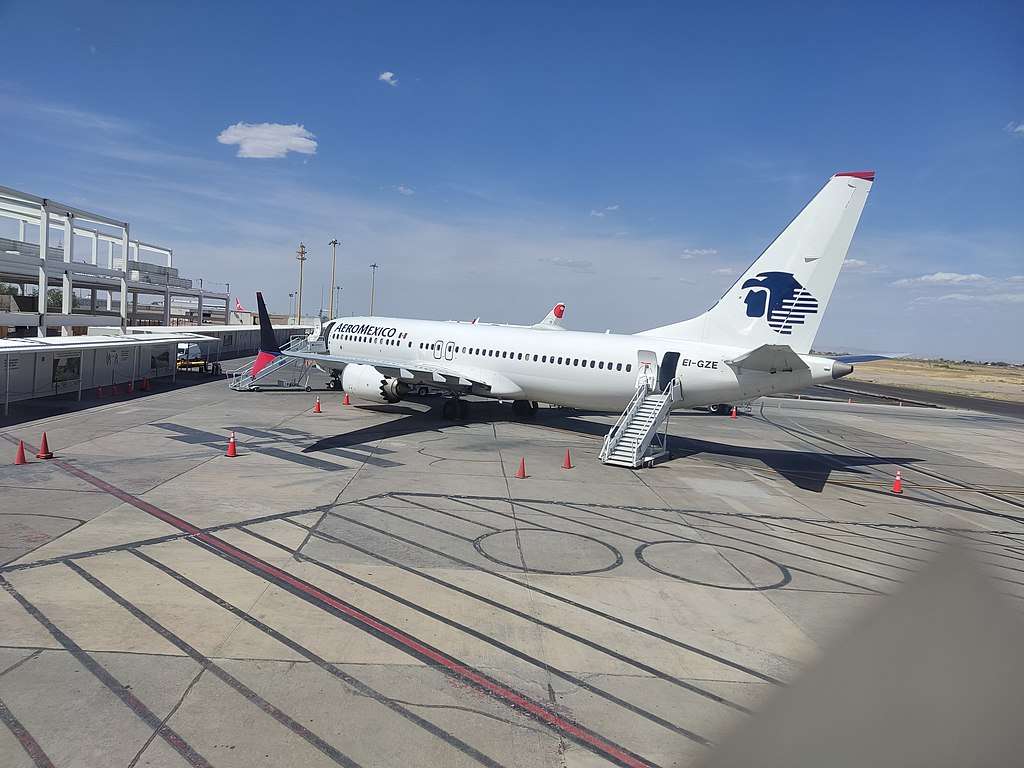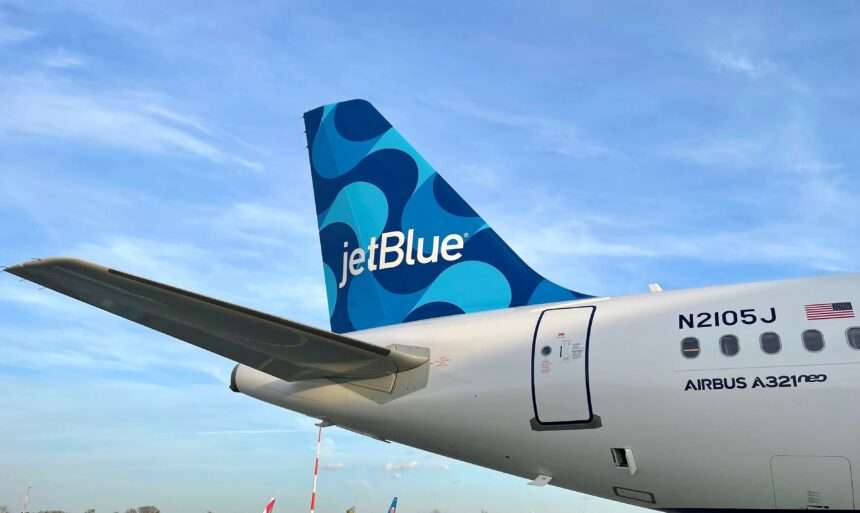The Federal Aviation Administration (FAA) has officially returned Mexico’s aviation safety rating to the highest level, known as Category 1.
This decision comes after more than two years of close collaboration and effort between the civil aviation authorities of both countries.
In this article, we will look into the implications of this upgrade and what it means for travelers and airlines.
The Importance of Category 1 Status
Category 1 status is not just a symbolic achievement; it has real-world implications for the aviation industry. With this rating, Mexico gains the ability to add new services and routes to the United States.
Additionally, U.S. airlines can now resume marketing and selling tickets with their names and designator codes on Mexican-operated flights.
This move is expected to boost air travel connectivity between the two nations and provide more options for travelers.
[monsterinsights_popular_posts_inline]
The FAA’s decision to return Mexico to Category 1 status didn’t happen overnight. It was the result of extensive cooperation and technical assistance agreements between the FAA and Mexico’s Agencia Federal de Aviacion Civil (AFAC).
The FAA provided invaluable expertise and resources to assist Mexico in resolving the safety issues that led to the initial downgrade.
Over the past two years, the FAA dispatched a team of aviation safety experts to Mexico multiple times.
Their mission was to work closely with their Mexican counterparts, identify areas of improvement, and ensure that Mexican aviation safety standards met the necessary criteria.
Understanding the IASA Program
The International Aviation Safety Assessment (IASA) program plays a pivotal role in determining a country’s aviation safety rating.
Under this program, the FAA evaluates the civil aviation authorities of all countries with air carriers seeking to operate flights to the United States, those already conducting operations to the United States, or participating in code-sharing agreements with U.S. airlines.
It’s important to note that these assessments are not based on FAA regulations but on the safety standards set by the International Civil Aviation Organization (ICAO).
ICAO Standards and Category 1 Rating
To achieve and maintain a Category 1 rating, a country must adhere to the stringent safety standards established by ICAO, the United Nations’ specialized agency for aviation.
ICAO’s role is to create and recommend international standards and practices for aircraft operations and maintenance.
These standards cover a wide range of aspects, including safety protocols, training procedures, and regulatory compliance.
Conclusion
It is important to recognize that safety is held paramount in the world of aviation. Mexico’s return to Category 1 status is a significant milestone for its aviation industry.
It signifies a commitment to upholding the highest international safety standards and opens up new opportunities for travel and commerce between Mexico and the United States.
Travelers can look forward to more options, while airlines can expand their services, ultimately fostering stronger ties between these neighboring nations.

Click the banner to subscribe to our weekly newsleter.









